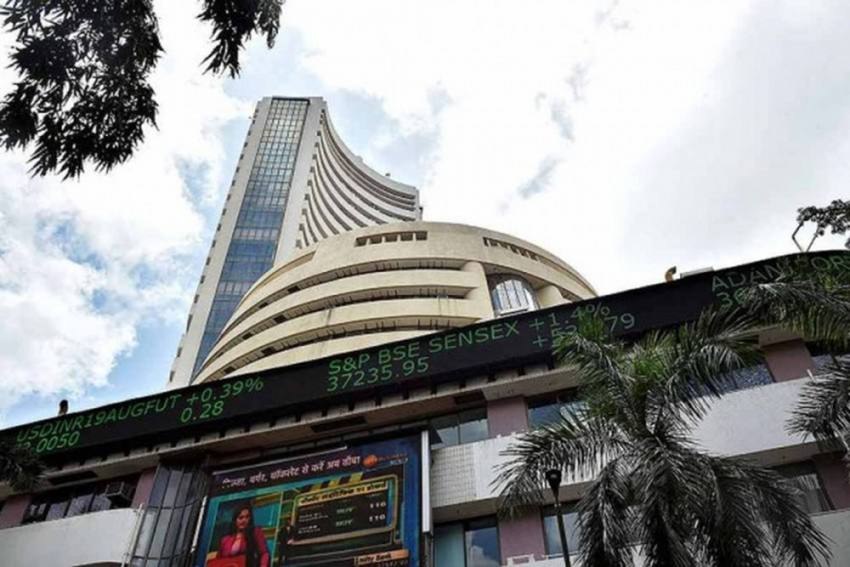Ebook- Certified investment banking
Table of Contents
ToggleUNDERSTANDING INDEX
Introduction to Index
Each Index has its own calculation methodology and usually is expressed in terms of a change from a base value. The base value might be as recent as the previous day or many years in the past.
Financial indices are created to measure price movement of stocks, bonds, T-bills and other type of financial securities. More specifically, a stock index is created to provide market participants with the information regarding average share price movement in the market. Broad indices are expected to capture the overall behaviour of equity market and need to represent the return obtained by typical portfolios in the country.

Significance of Index
- A stock index is an indicator of the performance of overall market or a particular secto
- It serves as a benchmark for portfolio performance - Managed portfolios, belonging either to individuals or mutual funds; use the stock index as a measure for evaluation of their performance.
- It is used as an underlying for financial application of derivatives – Various products in OTC and exchange traded markets are based on indices as underlying asset.
TYPES OF STOCK MARKET INDICES

Market Capitalization Weighted Index

Free-float Market Capitalization Index

Equal Weighted Index
Attributes of an Index
It should reflect the market behaviour
It should be computed by independent third party and be free from influence of any market participant
It should be professionally maintained
What is Impact Cost
Features of Impact Cost
It is separately computed for buy and sell
It may vary for different transaction sizes
It is dynamic and depends on the outstanding orders
where a stock is not sufficiently liquid, a penal impact cost is applied
Index management
Index Construction
Index Maintenance and Index Revision
Major Indices in India
S&P BSE Sensex
S&P BSE Midcap
S&P BSE 100
S&P BSE 200
S&P BSE 500
Nifty
Nifty Next 50
Nifty 100
Nifty 200
Nifty 500
Application of Indices
Index Funds
Index Derivatives
Exchange Traded Funds

